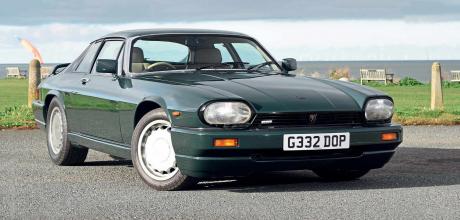1989 Jaguar XJR-S 6.0
The first 25 XJR-S 6.0s from 1989 were special limited-edition models in Jaguar Racing Green. We've tracked down one of these important, rare cars with fewer than 10,000 miles on the clock and in good-as-new condition.
10k-mile XJR-S
XJR-S 6.0
Not only is this one of the first 25 limited-edition XJR-S 6.0s from 1989, it has also covered fewer than 10,000 miles and remains in a remarkable, as-new condition. We drive it
As any good marketing expert will tell you, history sells. It's why a brand new, all-electric panel van, the Morris JE, closely resembles the classic J-type from 1949, or why a Finnish communications company continues to use the once-popular Nokia brand for its mobile phones. Linking a new product to one that is well established is a proven method of giving it some ready-made heritage.
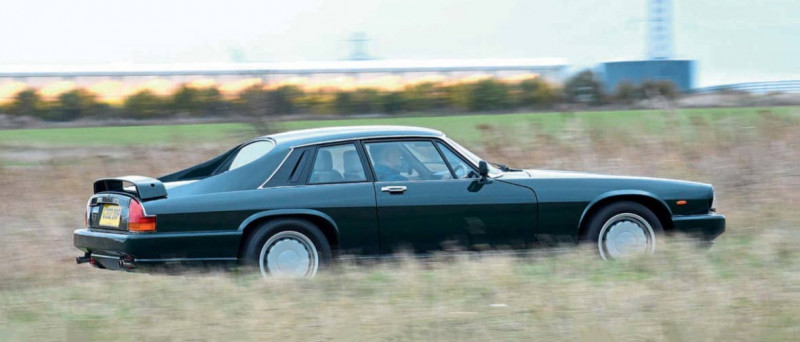
It's for this reason that the first 25 XJR-S 6.0s from 1989 were all painted in a familiar shade of dark green: it instantly linked them to Jaguar's iconic racing models of the past.
The R-S wasn’t a new model, though, having arrived the year before. In May 1988, JaguarSport – a separate entity owned 50:50 by Jaguar and its then racing partner, Tom Walkinshaw Racing – was established to create sportier versions of the company’s existing range. The car’s image was closely associated to TWR’s Jaguar-branded racing cars, which were becoming successful in long-distance endurance racing. They were even named the same – XJR for the saloon and XJR-S for the sports car.
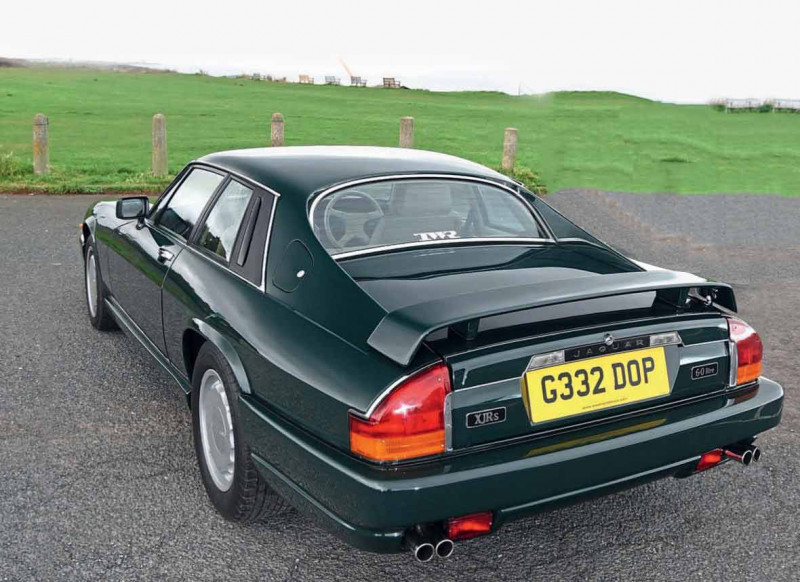
Unfinished cars were transported from Jaguar’s Browns Lane factory to TWR’s facility in Kidlington, Oxfordshire. Here, TWR added the same aftermarket parts that it had independently developed under its own Jaguar Sport brand in the early Eighties. For the XJR-S, that included a subtle body kit (the work of Peter Stevens, who would later design the McLaren F1), 15in alloys by motorsport wheel specialist Speedline, firmer front springs, Bilstein dampers, stiffer steering rack mountings and, finally, a revalved power steering pinion. Inside, there was a better grade of leather upholstery, plus a four-spoke steering wheel.
Debuting in August 1988, the first JaguarSport model was a special-edition XJR-S called Le Mans Celebration to mark Jaguar’s win at that year’s 24-hour race. Limited to just 100 examples, the car cost the same as the standard XJR-S, at £35,000, but was £3,000 more than an XJ-S 5.3 – a big increase considering the 5.3-litre engine was left untouched, always the biggest criticism of the car.
To rectify that, in late 1989 and after approximately 300 XJR-Ss had been produced, TWR’s 6.0-litre version of Jaguar’s V12 (initially an expensive and rarely chosen cost option) became standard. The extra 648cc was obtained from a special long-stroke crankshaft (78.5mm, rather than the 70mm of the 5.3-litre). Together with Zytec sequential injection, a digital ignition system and modified cold-air intakes, power rose from the 5.3’s 291bhp to 318bhp.
The rim width of the Speedline alloys was also increased, by half-an-inch to eight, plus the wheel diameter grew from 15in to 16in, which allowed for the lower-profile tyres. Front spring rates were increased, and stiffer rear springs replaced the previously standard ones.
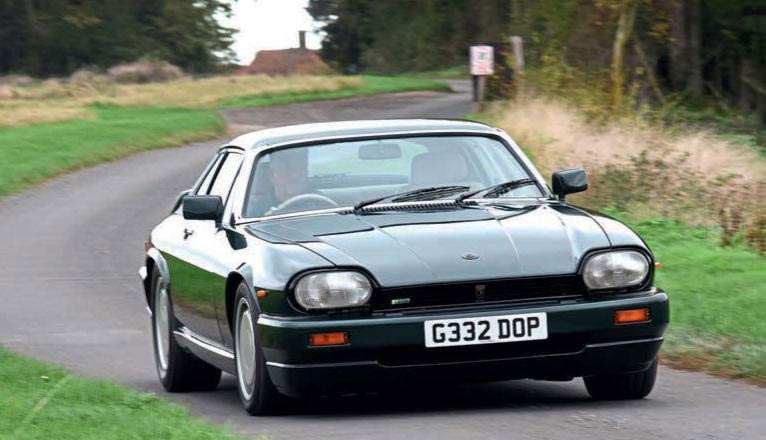
With its improved power and handling, the R-S 6.0 was Jaguar’s most driver-focused XJ-S yet. It needed to be, because the £45,500 price tag was a considerable increase over the £34,200 standard V12 coupe.
However, it was still cheaper than its peers – an Aston Martin V8 Vantage, for example, was £100,000 – while still offering similar levels of bespoke, handmade luxury. As Jaguar’s chairman, Sir John Egan, said at the car’s original 1988 launch, “There aren’t really any cars like the XJR-S already on the market.”
The motoring press was equally positive about the car, able to appreciate both its old-fashioned charm and its huge amounts of power. Reported Performance Car magazine in its February 1991 issue, “The Jaguar XJR-S is a special car possessing a smooth-riding, yet fabulously responsive, chassis with communicative steering and tireless brakes. And what an engine. Lusty enough to make three gears seem plenty, silent at cruise, subtly rorty but still silky smooth when worked hard, the 6.0-litre V12 is perfectly matched to the role of Grand Touring. The XJR-S isn’t perfect by any means – it’s dated and thirsty – but when it comes to delivering satisfaction on the long haul, it is without peers.”
To mark the introduction of the 6.0-litre V12, the first 25 XJR-Ss received the same colour exterior. JaguarSport chose not to use the current racing cars’ cigarette-sponsorship livery of purple, white and gold for the car's image, but instead went further into its back catalogue to retrieve Jaguar Racing Green. It is a slightly lighter hue than traditional British Racing Green, but it still connected the new performance model to Jaguar's racing past and, more specifically, to the Le Mans- winning C- and D-types from the Fifties.
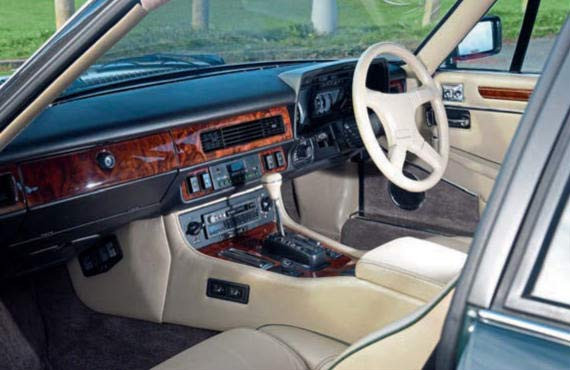
It also gave a nod to the TWR-developed competition version of the XJ-S that won the European Touring Car Championship in 1984 in the hands of Walkinshaw himself. If the consumer couldn't make the connection, then Jaguar did it for them, prominently placing the three older cars in a magazine advert for the new one.
«Behind the new JaguarSport XJR-S 6.0-litre is a history of high performance, the now-classic C-type, D-type and the racing version of the XJ-S, their collective track record making the marque the legend it is today.» Unusually for marketing hype, it is impossible to argue with that statement.
However, unlike the first 100 Le Mans, these 25 Jaguar Racing Green XJR-Ss were neither a numbered nor named limited edition, meaning they've largely been forgotten. So I was intrigued when the Ramsgate-based specialist Turner Classics told me about a unique example.
Registered on 5 September 1989, G332 DOP is thought to have been the seventh of the 25 Jaguar Racing Green XJR-S 6.0s produced. Its first owner was the late Roy Richards, a self-made millionaire who owned the National Motorcycle Museum in Birmingham. The surviving invoice for the car shows that, including the numberplates and delivery, Richards paid £46,000 with no options. Unlike most R-S buyers who chose what they wanted off JaguarSport's long options list, from the rear spoiler to the TWR four-spoke steering wheel, the first 25 cars came with most of the available options as standard — creating a single specification.
Richards must have viewed his XJR-S as a collector’s car rather than a regular mode of transport because he always used it sparingly, right up to the day he needed to sell. On 16 September 2003, his museum suffered a terrible fire that destroyed three display halls and 380 machines. Richards needed somewhere safe to store the remaining motorbikes while the building was repaired and chose his home garage. But first, he had to sell his large collection of cars, including the XJR-S, to make room. The friend of his who bought the Jaguar again barely used it; it had a mere 8,000 on the clock when the current owner acquired it in 2016.
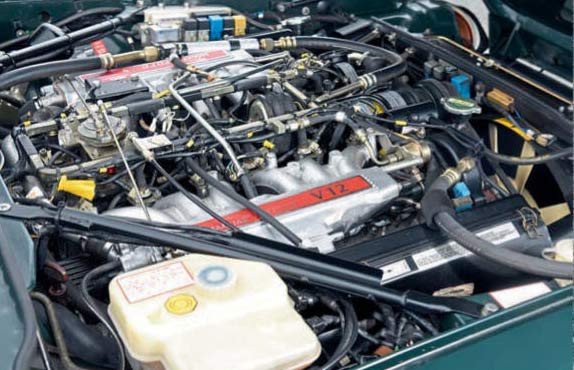
On the day of my visit there are still fewer than 9,700, a yearly average of 303 miles or the equivalent of a six-hour drive from Northeast England to the centre of London. So, other than a couple of stone chips on the front bumper, the car is immaculate, its green paint looking as fresh and thick as the day it was applied, while the gorgeous Speedline alloys reflect the low autumnal sun as strongly as the body.
Inside, the cream leather upholstery remains perfect, the veneer across the dash rich and glossy. I’m not a huge fan of the cream leather steering wheel, though. It’s a little too garish for such an understated interior, but, as someone who used to wear fluorescent socks, who am I to judge Eighties fashion? Besides, the rest of the car is terrific. The body kit is subtle compared to the current F-TYPE R, but the boot-mounted spoiler, deep chin spoiler and side skirts still effectively give it a much more aggressive look than a standard XJ-S. It was more than just for show, too, since Jaguar reckoned the kit reduced drag and lift by ten percent.
Plus, the car’s performance more than matches its tough image. Although JaguarSport chose not to change the three-speed automatic transmission for something more modern to go with the extra power of the 6.0-litre, squeezing the throttle causes it to kick down a little earlier than in a standard XJ-S 5.3 from the same era, resulting in a harder, stronger and more eager acceleration. So, while the XJR-S’ 0-60mph time of 6.5 seconds might be only fractionally faster than that of a 5.3, it’s easier to access the power of the 6.0-litre V12 than the standard engine, the throttle not requiring to be worked quite as hard to maintain maximum velocity. And the more noticeable engine note is a perfect match for the performance.
Although at 1,825kg (4,024lb) the XJR-S 6.0 is relatively heavy, with stiffer suspension limiting the bodyroll, a sharper feel to the steering, and fat tyres with plenty of grip, I can negotiate bends faster and with more confidence than in a standard car.
It’s not a proper sports car in the same mold as the Ferrari 348 or 964-generation Porsche 911 due to its weight, size and the huge spaces between the three gears, but the XJR-S 6.0 certainly gets closer than a standard XJ-S V12. Faster, quicker on its toes and altogether more driver focused, it laid the foundations for Jaguar’s later, supercharged R cars, including the two XKRs you’ve just read about.
As a result, the XJR-S has finally become a highly sought after classic, with prices to match. An early 6.0-litre in pristine condition is today worth between £40,000 and £50,000. In other words, back where they started three decades ago.
These 25 Jaguar Racing Green XJR-Ss represent an important moment in the company’s history as it tried to rediscover its roots as a manufacturer of sports cars. And no model illustrates it better than this gloriously low-mileage green goddess.
Thanks to: Turner Classics (www.turnerclassics.co.uk)


